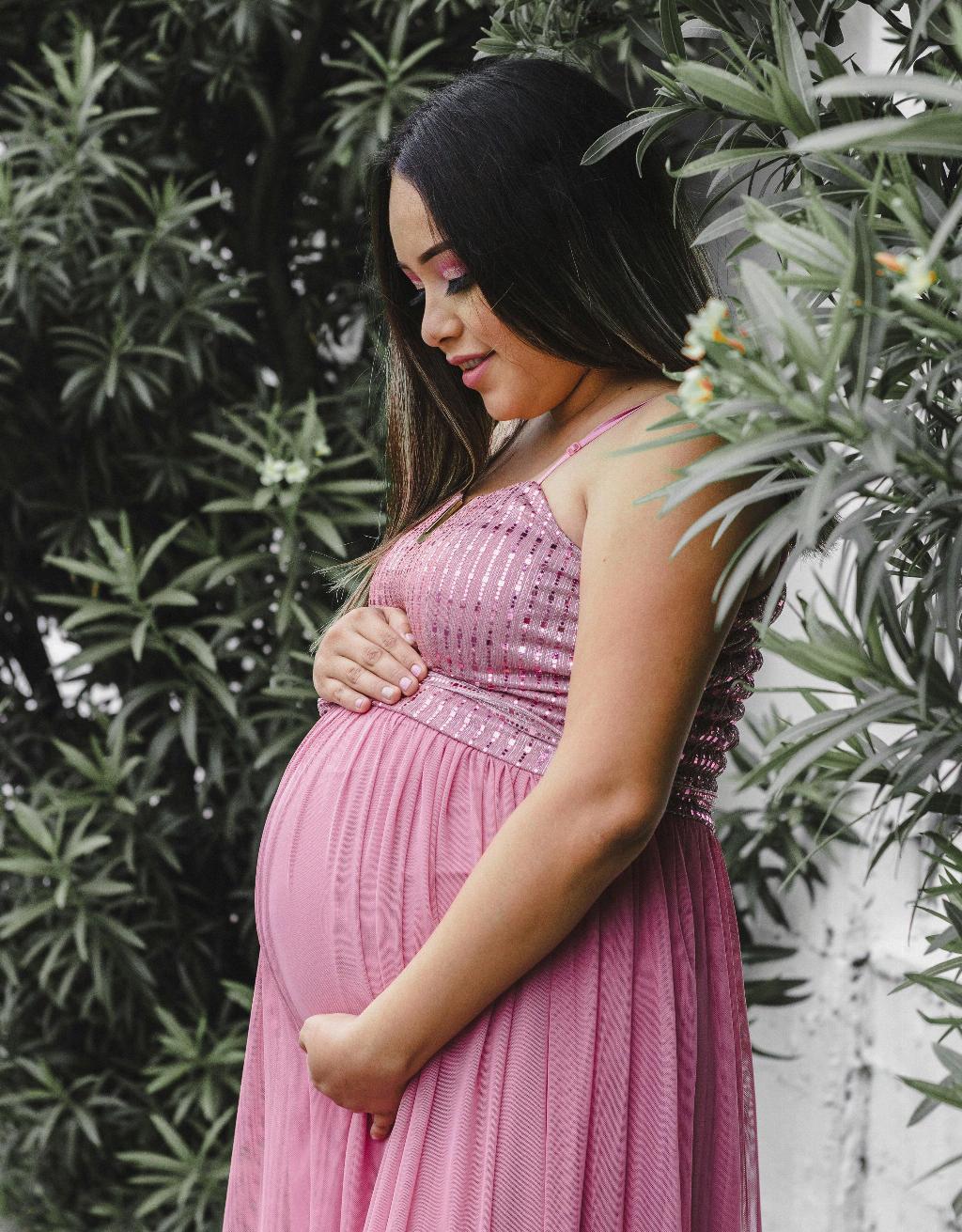Subchorionic hematoma, a condition characterized by the accumulation of blood between the uterine wall and the chorionic membrane, can be a concerning issue during pregnancy. While the exact triggers for subchorionic hematoma can often be elusive, there are certain factors that may contribute to its development.
Maternal Coagulation Disturbances
One potential trigger for subchorionic hematoma is maternal coagulation disturbances. These disturbances can interfere with the body’s ability to effectively control bleeding, leading to the formation of hematomas in the uterine space.
History of Trauma
In some cases, a history of trauma, such as a fall or impact to the abdomen, may trigger the development of a subchorionic hematoma. The force of the trauma can cause blood vessels to rupture, leading to the accumulation of blood in the uterine cavity.
Maternal Hypertension
Severe maternal hypertension can also be a potential trigger for subchorionic hematoma. Elevated blood pressure levels can put added stress on the blood vessels, increasing the likelihood of ruptures and bleeding in the uterine space.
Early-Onset Preeclampsia
Women with early-onset preeclampsia may be at a higher risk of developing subchorionic hematomas. This serious condition characterized by high blood pressure and organ damage can contribute to vascular abnormalities that may lead to hematomas.
Maternal Abuse of Vasoactive Drugs
Furthermore, maternal abuse of vasoactive drugs such as cocaine or amphetamines can also serve as triggers for subchorionic hematoma. These substances can have a direct impact on blood vessel integrity, increasing the likelihood of bleeding and hematoma formation.
Overall Impact
While the specific triggers for subchorionic hematoma may vary from case to case, it is essential for pregnant individuals to be aware of the potential risk factors associated with this condition. Managing underlying health conditions, avoiding potential sources of trauma, and seeking early medical intervention can help mitigate the risk of developing subchorionic hematoma during pregnancy.
Conclusion
In conclusion, the triggers for subchorionic hematoma can range from maternal coagulation disturbances to history of trauma, severe maternal hypertension, early-onset preeclampsia, and maternal abuse of vasoactive drugs. By staying informed and proactive in managing potential risk factors, individuals can take steps to safeguard their health and well-being during pregnancy.

